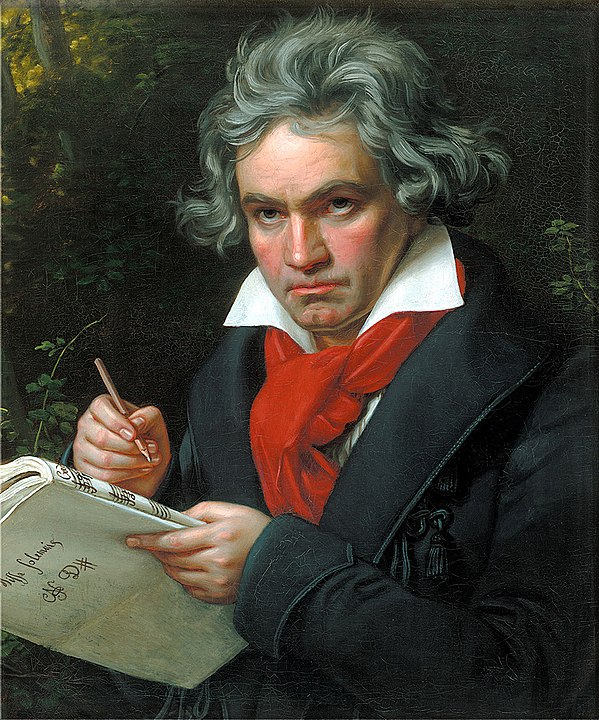Gardiner’s Beethoven series continues with a tired Fourth, revelatory Fifth

Beethoven was a revolutionary in many genres: he redefined the way we think of the string quartet, the piano sonata, the concerto, and more. But it’s his symphonies that have achieved the most iconic status, and so it makes sense that the marquee event in Carnegie Hall’s Beethoven 250 celebration would be a complete symphonic cycle.
Doing the honors this week is the Orchestre Révolutionnaire et Romantique, under the baton of Sir John Eliot Gardiner. Gardiner has been one of the leading figures of the historically informed performance movement, and the orchestra he founded is committed to the practice by using historical instruments. The notion of hearing Beethoven’s symphonies the way he might have, in his anniversary year, is certainly enticing.
Yet in the third concert of the cycle, which took place in Stern auditorium on Friday night, Gardiner’s particular approach did not hold up well, at least not for Symphony No. 4 on the first half. Rather than revealing the “true” sound of Beethoven, this performance brought up concerns that arise all too frequently with historical performance groups about quality of preparation, to the point that one had to wonder whether sour tuning and mushy articulation were in fact aesthetic choices.
The opening movement had a weary feeling to it, as Gardiner’s overall direction was lethargic and the strings sounded muted, as though playing behind a velvet curtain. Intonation was especially dodgy in the Adagio, and the fuzzy, unfocused sound of the orchestra dulled all of the music’s contrasts.
The Scherzo was more energetic on the whole, but even here, a lack of articulation hamstrung the bounding figure that dominates the movement. The trio sections, at least, showed more roundness of sound, and the finale had a sparkling energy, even if it was not especially precise. In short, the Fourth was hardly a compelling argument for the vision of historical performance.
Yet then came Symphony No. 5, which seemed a world removed from the performance that preceded it. Gardiner had the violins and violas all standing, which instantly gave extra muscle to the orchestra’s overall sound. Here, the players’ less refined texture served a purpose: by pressing their sound, the strings found the hard edge of the central motif and allowed us to hear the sinews of the piece. This was a raw performance of an iconic work, stripping away the bluster that usually comes with it.
In the slow movement, they found the radiant warmth of the unassuming melody, the genius of Beethoven’s ability to spin a simple idea into something so majestic. Sharp articulation brought out the playful menace of the Scherzo, drawing a contrast between the shadowy groaning of the basses and the slow, booming march of the main motif.
After a perfectly shaped crescendo at the end of the scherzo, finding energy seemingly out of nowhere, the orchestra exploded into the bright exuberance of the finale. In this closing movement more than anywhere else on the program, the benefit of the historical wind and brass instruments was obvious: these trumpets had a much darker color than their more familiar counterparts, contributing to an overall composition that rang majestically without the fierce glare of modern instruments. Gardiner kept up a driving pulse that paused only for a sly reprise of the scherzo, setting up the thrilling commotion of the final bars.
The Orchestra Révolutionnaire et Romantique’s cycle of Beethoven symphonies continues with Symphonies No. 6 and 7, 2 p.m. Sunday at Carnegie Hall. carnegiehall.org






